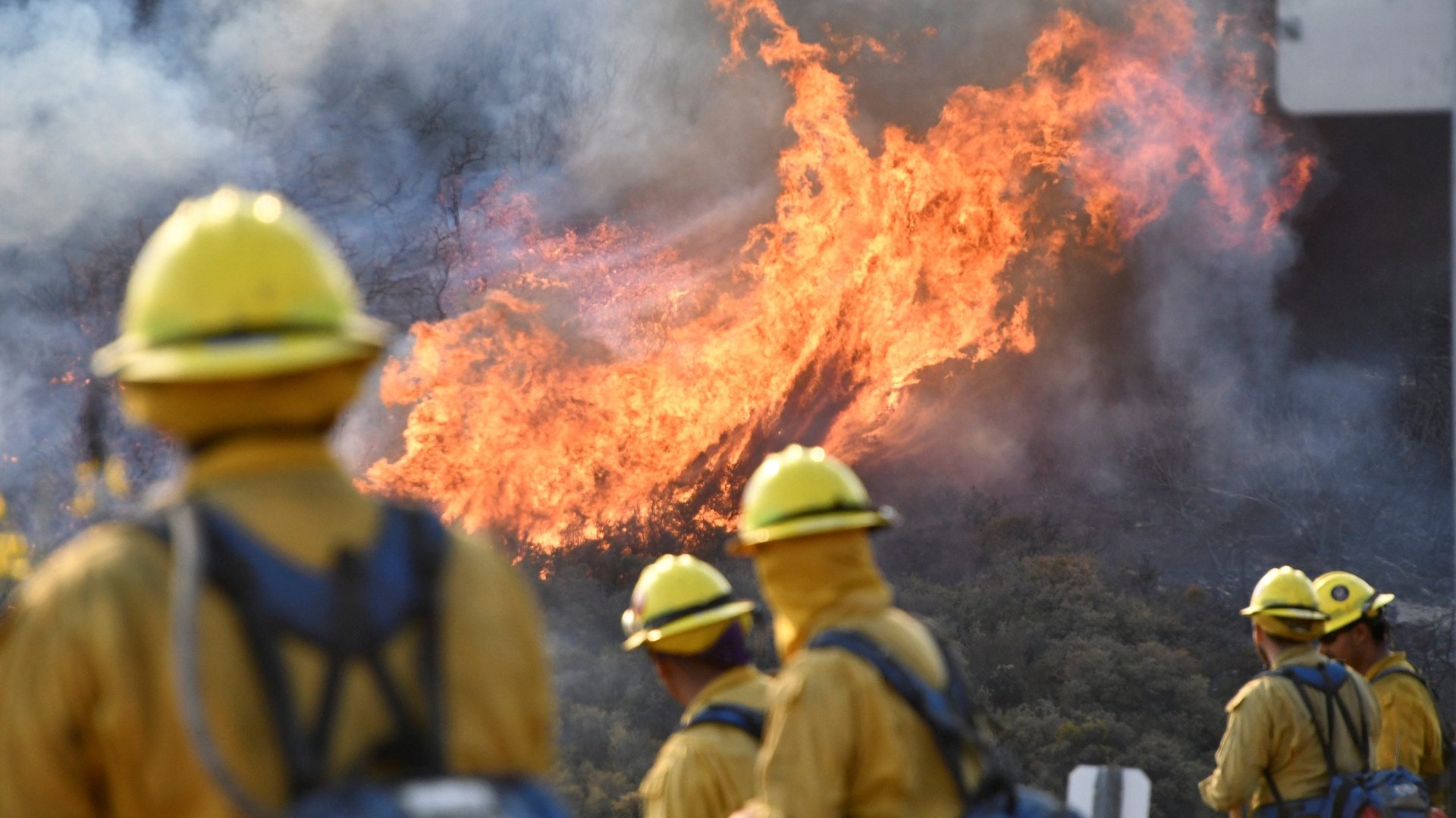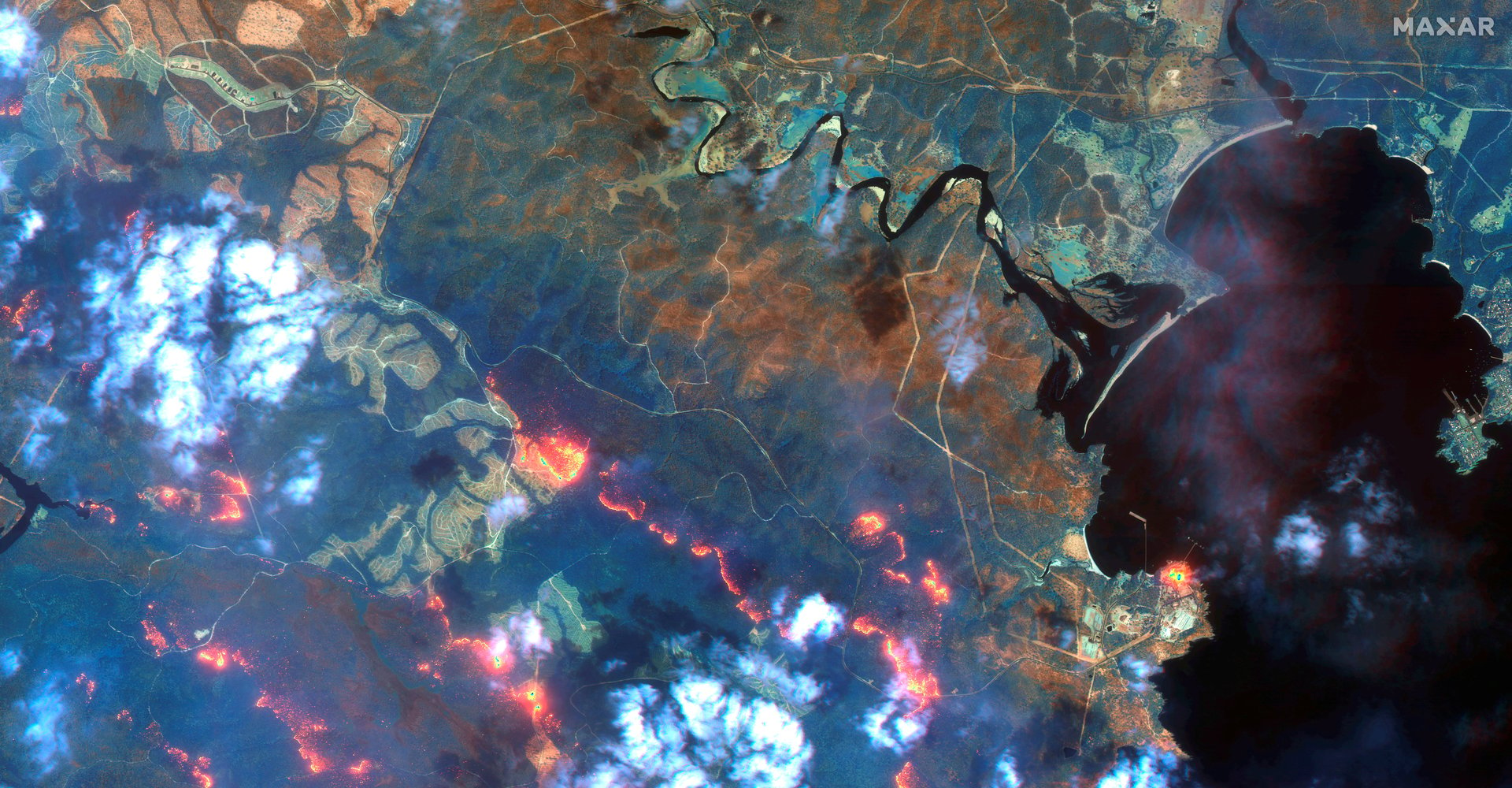How open-source code could help us survive natural disasters
In November 2019, while on a trip to Australia to discuss the power of technology to make a difference in the aftermath of natural disasters, I saw firsthand the devastation caused by historic bushfires raging throughout the country.


In November 2019, while on a trip to Australia to discuss the power of technology to make a difference in the aftermath of natural disasters, I saw firsthand the devastation caused by historic bushfires raging throughout the country.
Sadly, devastating bushfires are still burning on the continent, putting more and more lives at risk and destroying entire communities. As the fires persist, the smoke in Sydney and elsewhere has rendered the air quality “hazardous.” There’s been a national spike in hospital visits, many to treat breathing problems.
Unfortunately, Australia is not alone in being ravaged by natural disaster.
In 2019, we also saw wildfires raging through California and the Amazon. Typhoon Hagibis devastated Japan’s central and northern regions, and first responders and volunteers are still supporting survivors after Hurricane Dorian tore through the Bahamas earlier this fall. Puerto Rico is reeling after a series of earthquakes, made all the worse for the damage still being repaired following Hurricane Maria in 2017.
From historic hurricanes to floods to ongoing wildfires, the world faces daily reminders of the growing impact of natural disasters.

Displaced
In September, the Switzerland-based Internal Displacement Monitoring Center (IDMC) announced a record 7 million people were displaced as a result of natural disasters in the first half of 2019, predicting this would more than triple to 22 million as we approach the end of the year. (For context for the magnitude of this problem, the IDMC reported 3.8 million people were displaced by violent conflict in that same timeframe.)
While the impact of natural disasters is felt hardest in the local communities where they strike, the trauma shared globally between people who survive these events also highlights the fact that these global catastrophes need a global response. One that can match the scale of the problem and empower relief organizations to meet the challenge head on.
Warning signs
In many regions of the world, the timely implementation of early-warning systems that use data and texting platforms to issue warnings of approaching disasters may have helped many of the 7 million people who were displaced by alerting them so they could seek shelter. In India and Bangladesh alone, 3.4 million people were evacuated from their homes when Cyclone Fani hit in May. Given the scale of natural disasters that occur around the world, however, we’re fighting a problem that is increasing to the point where emergency responders and relief organizations are stretched to their breaking point.
The future is open
I believe the answer lies in open source—the technological practice in which the source code for a given application is provided, for free, to the public, where it can be used by virtually anyone. Open-source code can allow local, community-driven solutions to be iterated upon, improved, and scaled globally.
Open-source methodology has its roots in the collaborative atmosphere that helped form the early prototype of the internet. It involves communities of developers sharing work across platforms to encourage other developers to use it as a resource for lessons—whether successful or failed—to help adopt and advance their own work.
Today, open-source collaboration isn’t widely understood or embraced outside the technology sector. But millions of people around the world contribute to these communities to accelerate innovation in areas like artificial intelligence, blockchain, and quantum computing.
Open-source software currently runs 80% of the world’s smartphones thanks to Android’s use of the open-source operating system Linux, as well as smart TVs, car entertainment systems, and many other functions.
The value of an open-source response to global disaster relief is that solutions developed by one team can be easily scaled to other communities around the world for people to adopt and adapt to fit their own needs.
For example, firefighters battling wildfires from California to Australia often struggle with short- and long-term respiratory problems because they’re exposed to dangerous levels of smoke, toxic gases, chemicals, and other substances.
A breathing apparatus provides good protection—but only if you’re wearing it. And until recently, no one had a solution to test air quality in real time, let alone a way to efficiently warn command teams when their firefighters are at dangerous levels of exposure.
That has now changed with the help of open-source data.
Coding for clean air
In 2018, IBM, where I lead cognitive applications and developer ecosystems initiatives, was a founding partner for Call for Code, an annual event that encourages people to source ideas from the global open source community to help tackle complex social problems—starting with natural disasters.
The 2019 global challenge winners were the creators of Prometeo, an AI platform that supports firefighter health and safety formed by Joan Herrera, a veteran firefighter who has suffered respiratory problems from years of fighting fires, Vicenc Padro, an emergency medical nurse, and three local software developers based in Barcelona, Spain.
The team created a small device, worn by a firefighter, which monitors air quality by analyzing data. It uses AI to prompt a simple traffic light alert system—a green, yellow, or red light—to monitor pollution levels in the air.
If the light is green, firefighters know the air is safe to breathe. If the light turns red, teams know they need to extract fighters, or issue a warning to responders to use a breathing apparatus.
The code for this apparatus has been made freely available through the open source community to developers looking to help firefighting units around the world. The prototype design will soon be tested in the field via IBM’s Code and Response program.
By making the code available on the open source platform Github, any developer can access the code, tweak it, fix bugs, and tailor it to support their unique community and distinct needs.
So, while the technology was initially developed by a group from Barcelona to fight fires in Spain, developers looking to use the technology to help firefighters in their neighborhoods in California, Brazil—or anywhere else in the world—can use the code to help protect first responders when disasters hit.
This is just one example of the exponential impact a single idea can have when it is unleashed into the global open source community. While my company helped develop a life-saving device, the beauty of open source code is that it’s not owned or controlled by any one individual, corporation, or governing body. It hands important tools to literally any person or collective who wants to help solve a problem.
Open source data and technology can help us harness the potential of millions of minds coming together to share experiences and collaborate on solutions in a way that no organization or government can do on their own.
If we apply this same approach to more of our societies’ most complex challenges, imagine what a difference we can make.